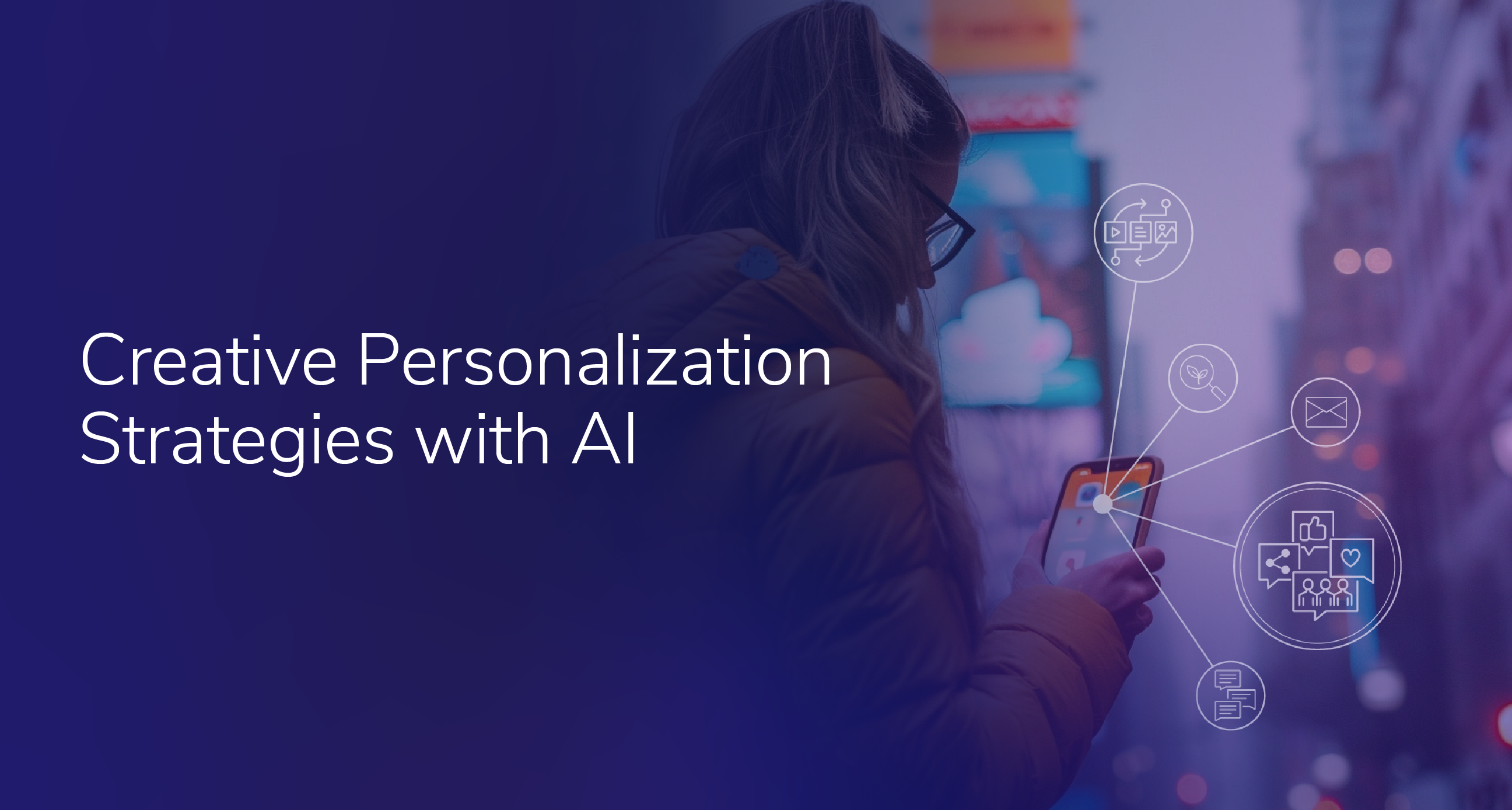Why Answer Engine Optimization Is the Future of Search Visibility

In April of 2025, Open AI’s ChatGPT site reached 5.14 billion total visits, marking a 182% year-over-year increase in traffic. ChatGPT has officially overtaken Wikipedia in monthly website visits.
While much of this may be driven by individual users exploring how to write better emails or prompts, it reflects something much bigger: Generative Search is accelerating, and brands need to take notice.
The shift from traditional search behavior to AI-powered answer engines is more than just a technological trend; it represents a paradigm shift in how consumers seek, find, and interact with information. While GenAI is changing how people find info, there’s still a strong connection between AI Mode and organic rankings. Ninety-nine percent of URLs shown in AI Mode appear in the top 20 organic search results. As large language models (LLMs) such as ChatGPT, Perplexity, and Claude continue to gain traction, the implications for brands are profound. In response, a new discipline has emerged: Answer Engine Optimization (AEO).
AEO is the practice of structuring and optimizing your content so it can be accurately understood, cited, and surfaced by AI-powered search experiences. Unlike traditional search engines that return a list of links, these systems aim to provide direct answers. AEO ensures your brand’s content is visible, trusted, and selected as the answer in these AI-driven environments.
Why Answer Engine Optimization Matters
The rise of GenAI tools is reshaping how users discover information, and traditional SEO tactics no longer suffice. Gartner projects that by 2026, traditional search engine volume will drop 25% as AI chatbots and answer engines absorb more queries.
AEO is not just "fancy SEO." It demands a rethinking of content strategy, user intent, and the role of your website. Your homepage is no longer the gateway; your content is. Visibility depends on whether your answers can be found and cited by Gen AI-powered search engines.
Here are a few key recommendations we’ve learned along the way:
1. Your Website Is a Content Repository, Not an Information Hub
Generative search engines like Google AI Mode Overviews and ChatGPT deliver immediate answers. Currently, queries with AI Overviews are seeing a 15.5% drop in traditional organic click-through rates. This evolution means your website must act more like a knowledge base and less like a branded brochure. We recommend optimizing long-tail queries, answer-question content, and language that closely aligns with how your customers actually speak.
The implication is clear: the role of your website shifts from funneling traffic to providing value upfront. Brands must embrace content formats that answer buyer questions directly, contextualized to different jobs within the buying team. We’ve been working with Best Western on exactly this and the team’s strategy drove a +349.5% increase in keywords appearing in Google’s AI Overview since the start of the year, demonstrating the impact of aligning content strategy with generative search behavior.
2. Your Web Traffic May Shrink, But Visitors Will Have Stronger Intent
With zero-click search experiences becoming more prevalent, brands must prepare for a likely decline in top-of-funnel organic traffic. But this is not necessarily bad. Those who do reach your site are more qualified and likely further along in their journey. Generative AI search engines improve discovery for buyers in early-stage research, replacing gated assets and preliminary sales conversations with answer-rich content.
To adapt, consider publishing answer-optimized content (AOC), which is content that reflects not just keywords but context. This includes ‘who's asking,’ ‘what stage they are in,’ and ‘what barriers do they face.’
3. Content That Builds Trust Will Win
We’ve entered a content inflation era. AI has flooded the market. It's fast, cheap, and forgettable. The more content produced, the less each piece is worth. Content production is at an all-time high. However, brands won't win by volume, they'll win by trust. Trustworthiness is paramount in an AI-powered landscape. GenAI models prefer content that meets the E-E-A-T criteria: Expertise, Experience, Authoritativeness, and Trustworthiness. We recommend original, high-utility content and warn against thin, duplicative, or overly promotional assets.
Experience — People trust those who’ve been there, not those who’ve read about it.
(Stories, Case Studies, Testimonials)
Expertise — Real knowledge shows. It feels solid. It makes us lean in.
(Feature subject matter experts, include credentials, and leverage original data)
Authoritativeness — Respect is earned. And when it’s earned, people follow.
(Get cited by respected industry publications, earn awards, collaborate with other authorities)
Trustworthiness — We don’t just read, we feel when something’s honest.
(Demonstrate a secure website via HTTPs protocol, be transparent, testimonials)
People don’t remember paragraphs. They remember the person behind the words. AI can generate content. But it can’t generate trust.
To enhance trust signals, consider including detailed, evidence-backed explanations, use schema markup to support structured data, maintain author transparency and source credibility, and include backlinks. Who is citing you and are they trusted?
4. AEO Is Dynamic and Requires Strategic Content Prioritization
AEO isn’t a one-and-done task. Content needs to be continually refreshed, contextualized, and tailored to the latest buyer signals. GenAI tools are constantly evolving, so your strategy must be nimble. Consider developing content that addresses natural language queries aligned with buyer jobs and remove unnecessary gates that hinder access.
Additionally, digital watermarking and content provenance tools like Google DeepMind’s SynthID and Adobe’s symbol for AI-generated content are becoming important in signaling authenticity to both users and machines.
5. No One Has All the Answers (Yet)
This is an emerging field, and we’re in the early innings of a disruptive shift. Black-box algorithms and rapid iterations in GenAI tools mean marketers must embrace uncertainty and experimentation.
Still, what is clear is that brands who ignore AEO risk invisibility in the next era of digital discovery. Investing now in content infrastructure, measurement models, and cross-functional SEO and GenAI education will pay dividends.
AEO represents more than a tactical pivot; it’s a strategic imperative. As GenAI transforms how people search, the brands that adapt early will dominate in visibility, trust, and conversion. Those that fail to build an AEO discipline will find themselves unseen and unheard in the places where buyers make decisions.


